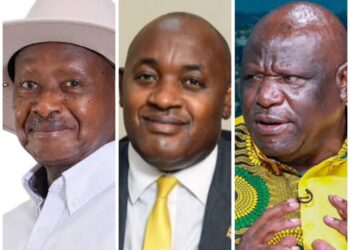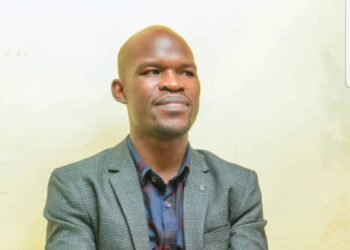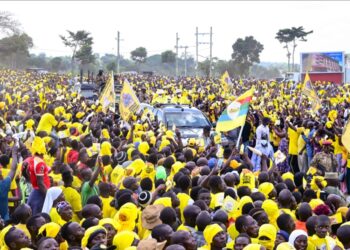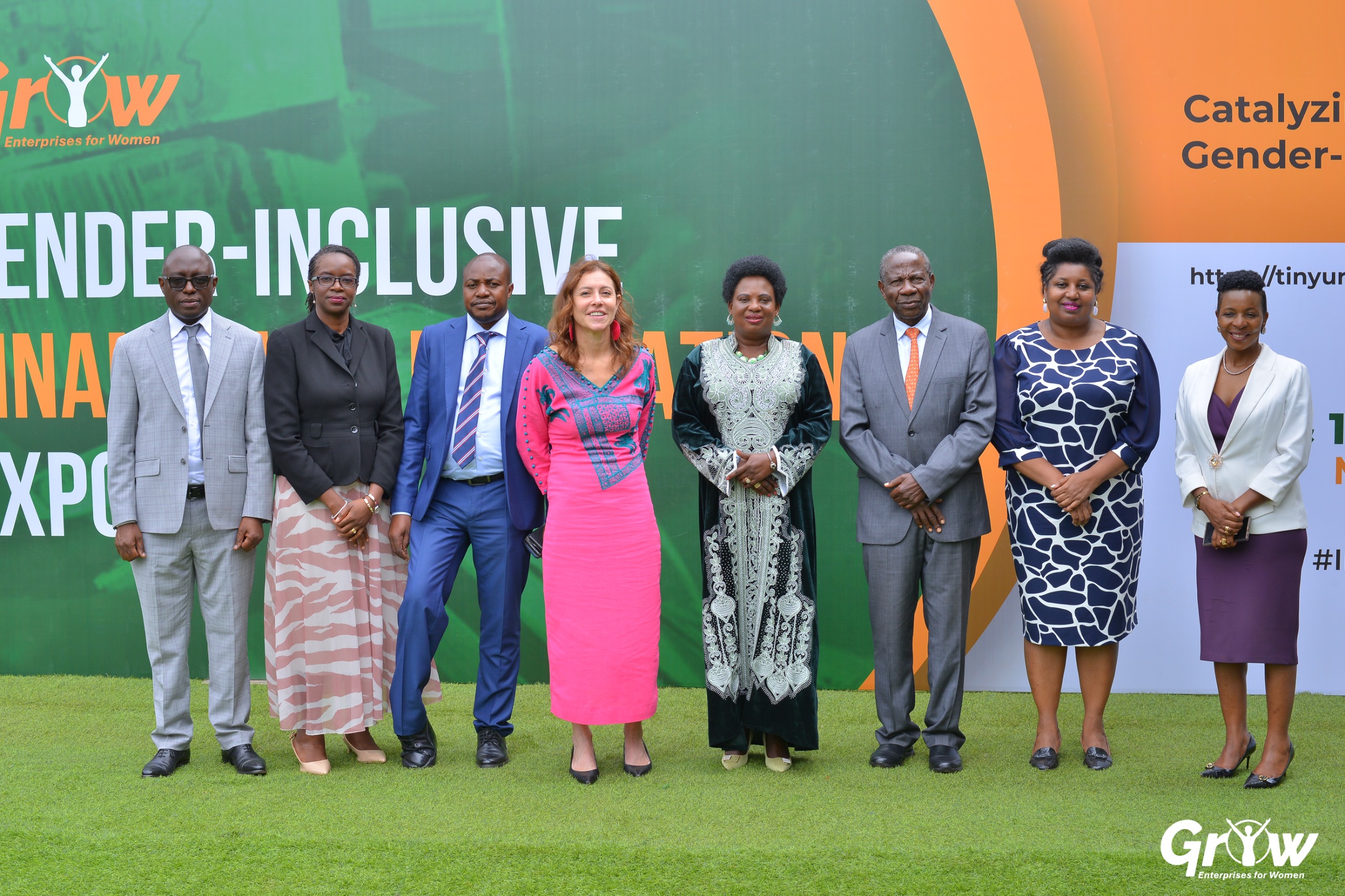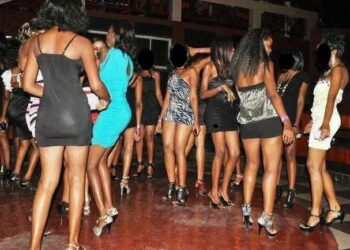Quite often, NRM’s political adversaries have lamented and alleged that the four-decade-old ruling party has consistently cheated elections to retain power. However, with all indications on the wall, the strategies employed by NRM to sustain the trust and loyalty of the wanainchi (ordinary citizens) remain unmatched and speak volumes about its political acumen.
On Tuesday, 6th May 2025, the National Resistance Movement (NRM) rolled out internal elections for the LC1 party flag bearer and 30 other members of the party structure at the village level. These 31 positions include 5 members from each of the party wings—mainstream, veterans, youth, women, and people with disabilities. With Uganda having over 72,000 villages, this translates into a staggering 2,232,000 individuals already entrenched within the party structures—votes essentially secured and ready for polling day.
If each of these 2,232,000 members takes on the mantle of mobilizing just five more voters, this would generate a formidable 11,160,000 votes. Considering the Electoral Commission’s figure of 18 million registered voters, this would leave a balance of just 6,840,000 votes. In political terms, this is not just a head start; it is a landslide in the making.
Beyond these grassroots structures, the NRM also benefits from the support of the Workers League and the Entrepreneurs League, whose influence spans from the village level up to national leadership. These too are potent channels of political mobilization, further shrinking the margin left for competitors.
Article 203 of the 1995 Constitution of Uganda gives the President the power to appoint Resident District Commissioners (RDCs), their deputies, and now assistants. These political appointments have provided a formidable machinery for grassroots mobilization. It is common wisdom that “he who appoints can also disappoint”—a clear indication that failure to align with the appointing authority’s political vision could easily cost one their position. Therefore, by duty or by necessity, these officials double up as political mobilizers.
With 147 RDCs and 11 RCCs, we have 158 full commissioners. If each of them mobilizes five voters, that gives 790 votes. Their 163 deputies, if each brings in five, contribute another 815 votes. Add to this the 354 assistant RDCs/RCCs appointed as of April 2024—each expected to mobilize at least 10 voters—this results in an additional 3,540 votes. This arm of government alone accounts for a minimum of 5,145 committed votes, again trimming the gap from the earlier balance.
We cannot ignore the influence of government programs such as the Parish Development Model (PDM). With 80% of its beneficiaries residing in rural areas, these voters are seen as likely to back the NRM, which initiated the program. Rural voters historically exhibit higher voter turnout than their urban counterparts, driven by gratitude and close connection to local leadership.
Similarly, the Emyooga program though a target of political criticism has borne fruit for many beneficiaries. The silent majority who have received funds and transformed their livelihoods under this scheme are likely to remember the hand that fed them when election day arrives.
The Presidential Initiative on Skilling the Youth is another feather in NRM’s cap. As of April 2024, more than 8,992 youths had graduated from the 19 skilling hubs established across Uganda. These youths, trained in vocational skills ranging from tailoring to welding and provided with start-up kits and capital, form another loyal voter base. If just 90% of these skilled individuals back NRM, that’s nearly 8,093 solid votes anchored in appreciation.
Moreover, NRM has prioritized the welfare of public servants, improving remuneration for healthcare workers and security personnel like the UPDF and Uganda Police. These individuals, understanding the stability that sustains their professions, are unlikely to gamble with their livelihoods. As the saying goes, “a parasite doesn’t kill its host” those whose survival depends on government stability are unlikely to champion its downfall.
On the business front, though the NRM government has faced criticism over taxes, much of the friction stems from misinformation. For instance, the Electronic Fiscal Receipting and Invoicing System (EFRIS) introduced by the Uganda Revenue Authority (URA) was misinterpreted as a new tax. Once properly explained, compliance improved. And here’s the kicker: no rational entrepreneur will vote for instability that could jeopardize their enterprise. “Better the devil you know than an angel you don’t,” the old adage reminds us.
In conclusion, with its deep-rooted structures, strategic appointments, social-economic programs, and unmatched grassroots mobilization, NRM remains firmly in the driver’s seat. While opponents may rant and rave, their strategies pale in comparison to the calculated and layered political network the NRM has meticulously woven over decades. In the game of politics, preparation meets opportunity—and for NRM, both are in abundance. Long Live Grand Pa (Jajja) Museveni, Long live NRM
For God and My country.
Phillip R. Ongadia – NRM Mobilizer /NRM Publicity Secretary – Church Cell – Walukuba –Jinja City.
Do you have a story in your community or an opinion to share with us: Email us at editorial@watchdoguganda.com


